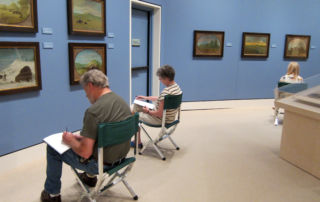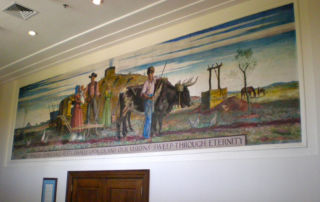Remington & Russell, Retold
Bringing to life unforgettable characters and recalling significant events have always been fundamental tasks that the artistic imagination has addressed. In Remington & Russell, Retold, native peoples, explorers, mountain men, buffalo hunters and soldiers are participants in such events as the Lewis and Clark Expedition, the Oregon Trail, and the Indian Wars, presenting a narrative of the 19th-century American West via 38 paintings by the preeminent storytellers of the American West, Frederic Remington (1861-1909) and Charles Russell (1864-1926). Unfolding largely in chronological order of the year the artworks were completed, the paintings in Remington & Russell, Retold span 22 [...]












